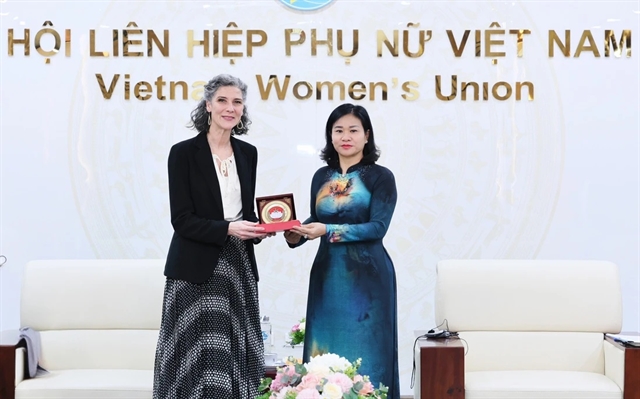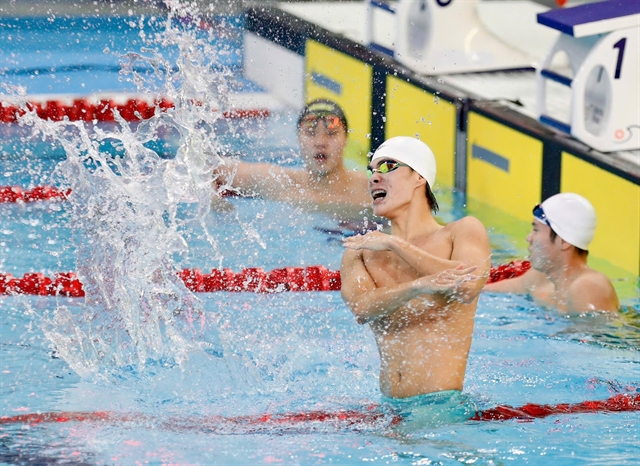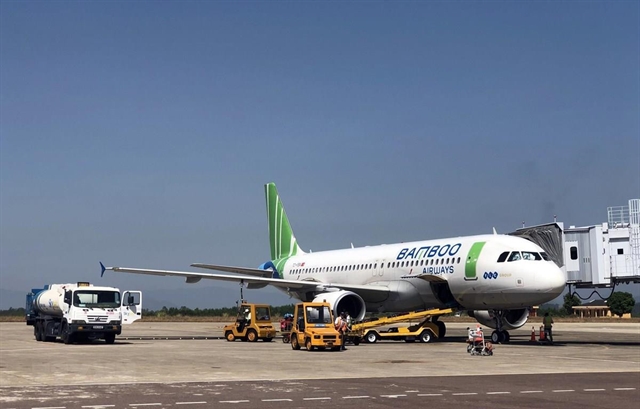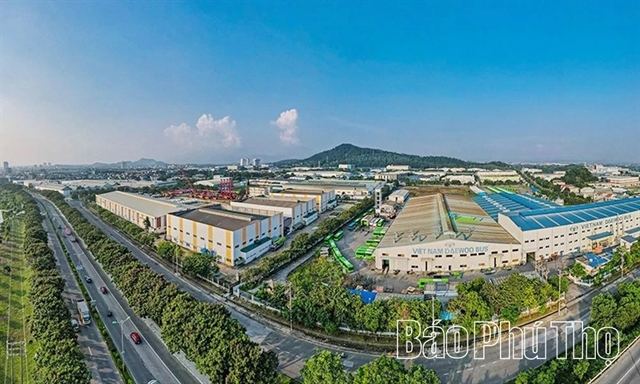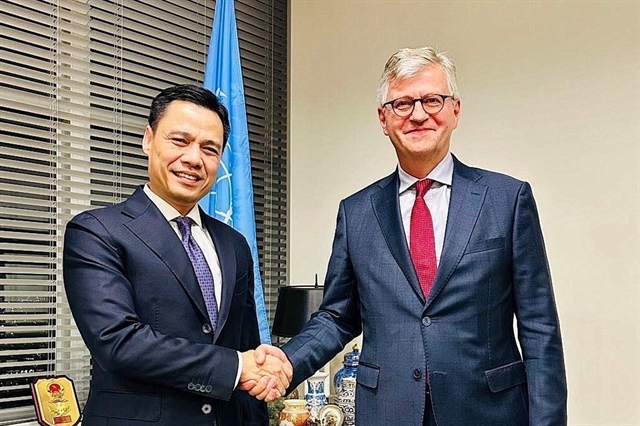 Politics & Law
Politics & Law
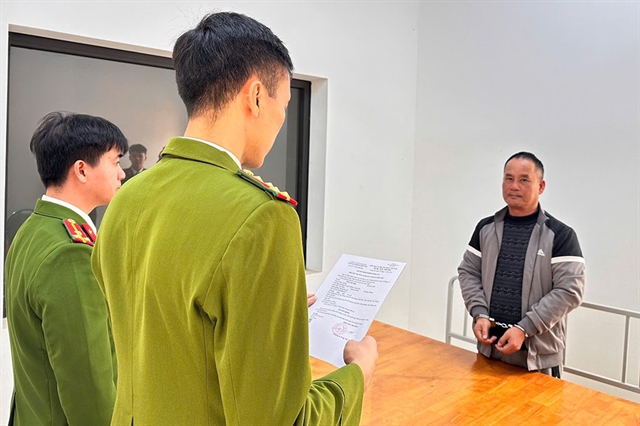
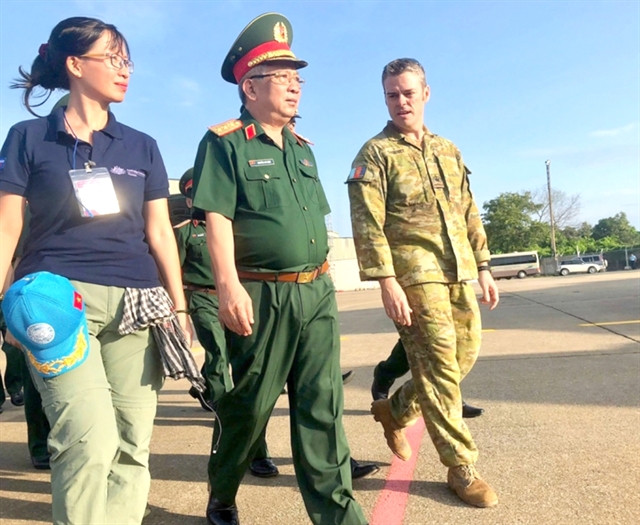 |
| Senior Lieutenant General Nguyễn Chí Vịnh inspects preparations for the deployment of Field Hospital 2.1 in September 2018. — Photo antgct.cand.com.vn |
HÀ NỘI — In the opening lines of his book Journey to Peace, Senior Lieutenant General Nguyễn Chí Vịnh painted a vivid picture of South Sudan, a young nation plagued by instability.
He described the bleak colours of the landscape: the yellow of the desert, the brown of mud, the black of guns, and the heart-wrenching images of child cattle herders.
This was the backdrop of Việt Nam’s first mission to deploy its military forces to participate in United Nations (UN) peacekeeping operations.
Việt Nam’s involvement in UN peacekeeping can be traced back to the 1990s, long before its formal deployment of troops. In 1993, it made its first financial contribution to UN peacekeeping funds, signalling its early commitment to global peace efforts.
By 1997, Việt Nam took a more active role by sending election observers to Algeria, followed by a similar mission to Cambodia in 1998. It also allowed French soldiers, part of the UN Transitional Authority in Cambodia, to transit through Tân Sơn Nhất Airport in HCM City and travel by road into the country. These early steps, though modest, laid the groundwork for the country’s eventual direct participation in UN peacekeeping missions.
However, as Senior Lieutenant General Vịnh noted in his book, it was not until Việt Nam deployed personnel to field missions that it was officially recognised as a participant in UN peacekeeping.
"A country is only considered to be engaged in UN peacekeeping when it sends personnel directly to field missions," he wrote.
In 2009, then-Minister of Defence Phùng Quang Thanh tasked Senior Lieutenant General Vịnh, then Deputy Minister, with studying the establishment of a peacekeeping force.
Vịnh emphasised that integration into global peacekeeping efforts was not just a strategic move but a demonstration of Việt Nam’s commitment to peace.
"To integrate, we must earn the international community's trust, proving that Việt Nam is a peace-loving nation," he wrote.
In 2011, a high-level inter-ministerial delegation led by Vịnh embarked on a fact-finding mission to Africa. The mission focused on South Sudan, the world’s youngest nation at the time, which was embroiled in civil war.
The delegation included prominent figures such as Tô Lâm, then Deputy Minister of Public Security (now General Secretary of the Communist Party of Việt Nam) and Phan Văn Giang, then Deputy Chief of the General Staff (now Minister of Defence).
The delegation met with South Sudanese leaders, visited UN peacekeeping missions and observed the operations of foreign units, including a Cambodian field hospital and a Japanese engineering team.
The mission dispelled doubts and solidified consensus within Việt Nam’s leadership: "We must go, and we cannot afford not to go," Vịnh concluded.
Việt Nam’s peacekeeping role focuses on post-conflict recovery, humanitarian aid and infrastructure reconstruction, in line with UN requests. The country does not participate in enforcement missions, which involve coercive measures.
Vietnamese officers would only use force as a last resort for self-defence, adhering to principles of independence, sovereignty and non-interference in other nations’ internal affairs.
Building a peacekeeping force from scratch was no small feat. Việt Nam faced a 'zero baseline': no organisational structure, personnel, management framework, office space or equipment.
Vịnh proposed establishing the force under the General Staff of the Vietnam People’s Army to ensure centralised command and resource allocation.
The Vietnam Peacekeeping Centre was established in 2013, marking the first step in formalising the country’s peacekeeping efforts.
By 2017, it was reorganised into the Vietnam Department of Peacekeeping Operations, signaling a new phase of maturity for the country’s 'Blue Berets'.
Financial constraints were a significant hurdle. With limited domestic resources, Việt Nam sought international support. The US funded the construction of training facilities, while Australia, France, Canada and the UK provided additional assistance.
Recruiting qualified personnel was another challenge. Officers had to meet six criteria: UN-standard expertise, English proficiency, defence diplomacy experience, independent operational capability, political reliability and good health.
Language barriers were particularly daunting, prompting Việt Nam to train and retrain personnel domestically and abroad.
Việt Nam selected South Sudan and the Central African Republic for its initial deployments, as these missions aligned with UN requests and offered relatively safe conditions for Vietnamese troops. Both nations, ravaged by prolonged civil wars, faced severe infrastructure deficits and security instability.
By 2014, Việt Nam’s first peacekeepers joined the UN’s Blue Helmet forces, marking a historic milestone. Since then, the country’s peacekeeping contributions have grown steadily, encompassing fields such as military medicine, engineering, mine clearance, logistics and election monitoring.
Senior Lieutenant General Vịnh’s book, finished in June 2023 but published after his passing, stands as a testament to Việt Nam’s determination to contribute to global peace.
His vision and leadership transformed the country from a nation with no peacekeeping experience to a respected participant in UN missions. — VNS

